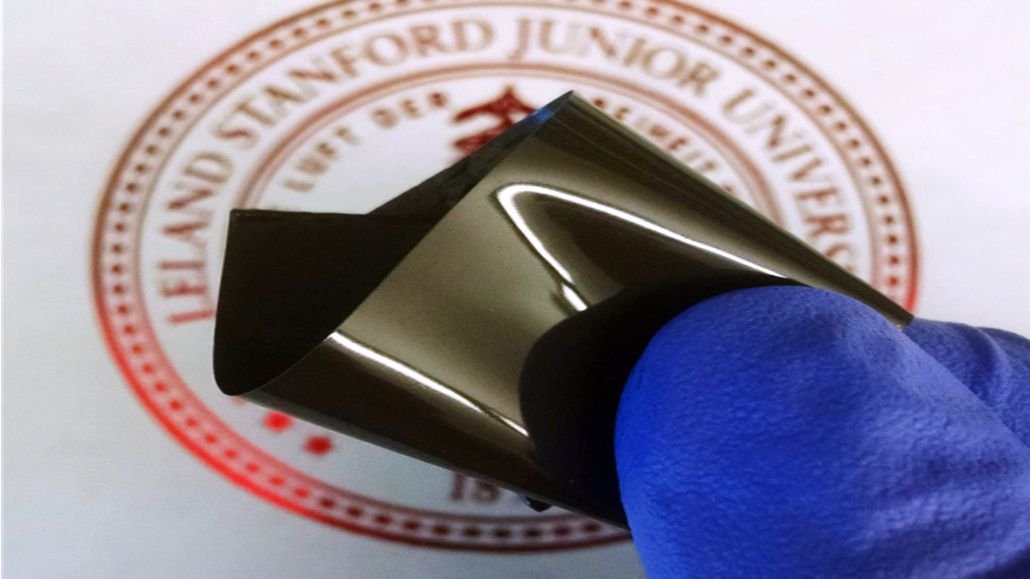Researchers from Stanford had devised a Lithium-ion exchange battery that could switch off automatically when it reaches the high temperature and then start again when it cooled down. This advancement if found correct will solve one of the biggest downside of lithium-ion cells – a tendency to explode after overheating.
Zhenan Bao, a chemical engineering professor at the Stanford University, explained that she and her colleagues had designed a new battery that can be shut when it gets overheated and then restarted when it cools. This process can be continued without any compromise on performance.
To verify the feasibility of the new design, the proponents of the design created an experiment in which a nano particle-enriched polyethylene was attached to the electrodes of the battery. The film was enclosed in a way to enable the uninhibited flow of electric current. The nanoparticles on the film are graphene coated nickel particles and warranted physical contact to one another to conduct electricity.
However when the temperature rises, the polyethylene film on which the nickel particles are embedded expanded effectively turning off the battery. When the temperature became normal, the film contracts and contact is once again established with the particles.
To test the stability of the new material, the researchers repeatedly applied heat to the battery with a hot-air gun. Each time, the battery shut down when it got too hot and quickly resumed operating when the temperature cooled.
What is particularly interesting about the newly designed battery is that it is still perfect and usable after it overheats.
Conventional Lithium-ion batteries have built in safety features which prevent an explosion when the battery overheats. This built-in flame retardants prevents fire and an explosion but also makes the battery useless.


















